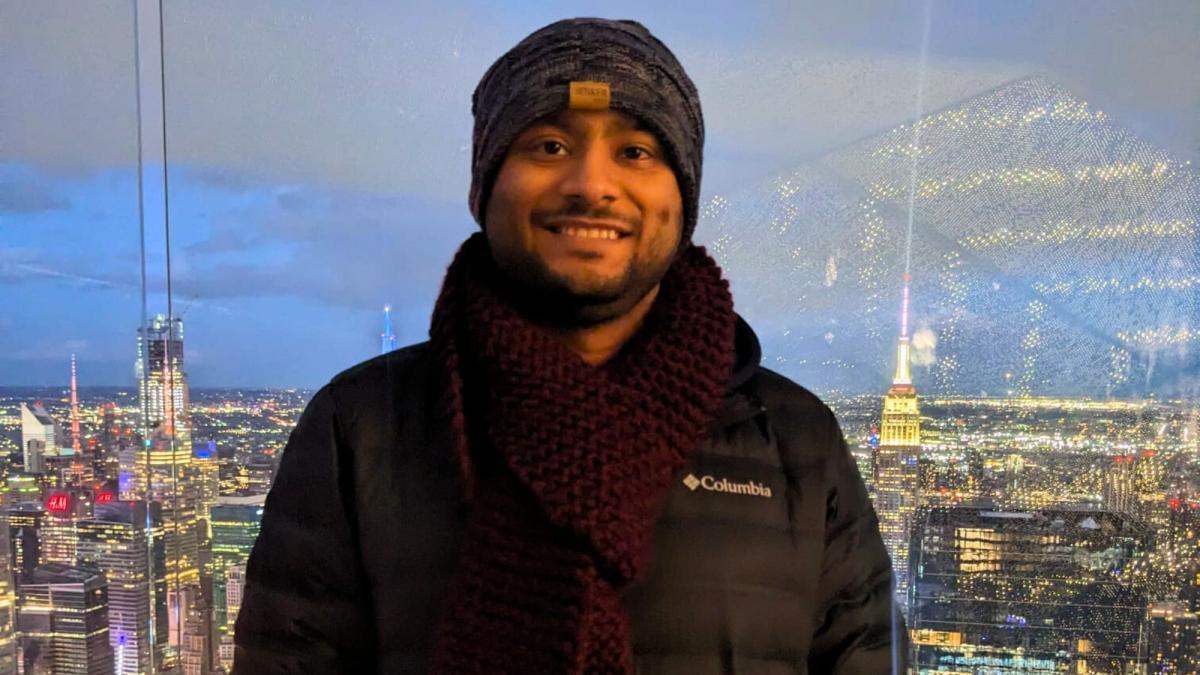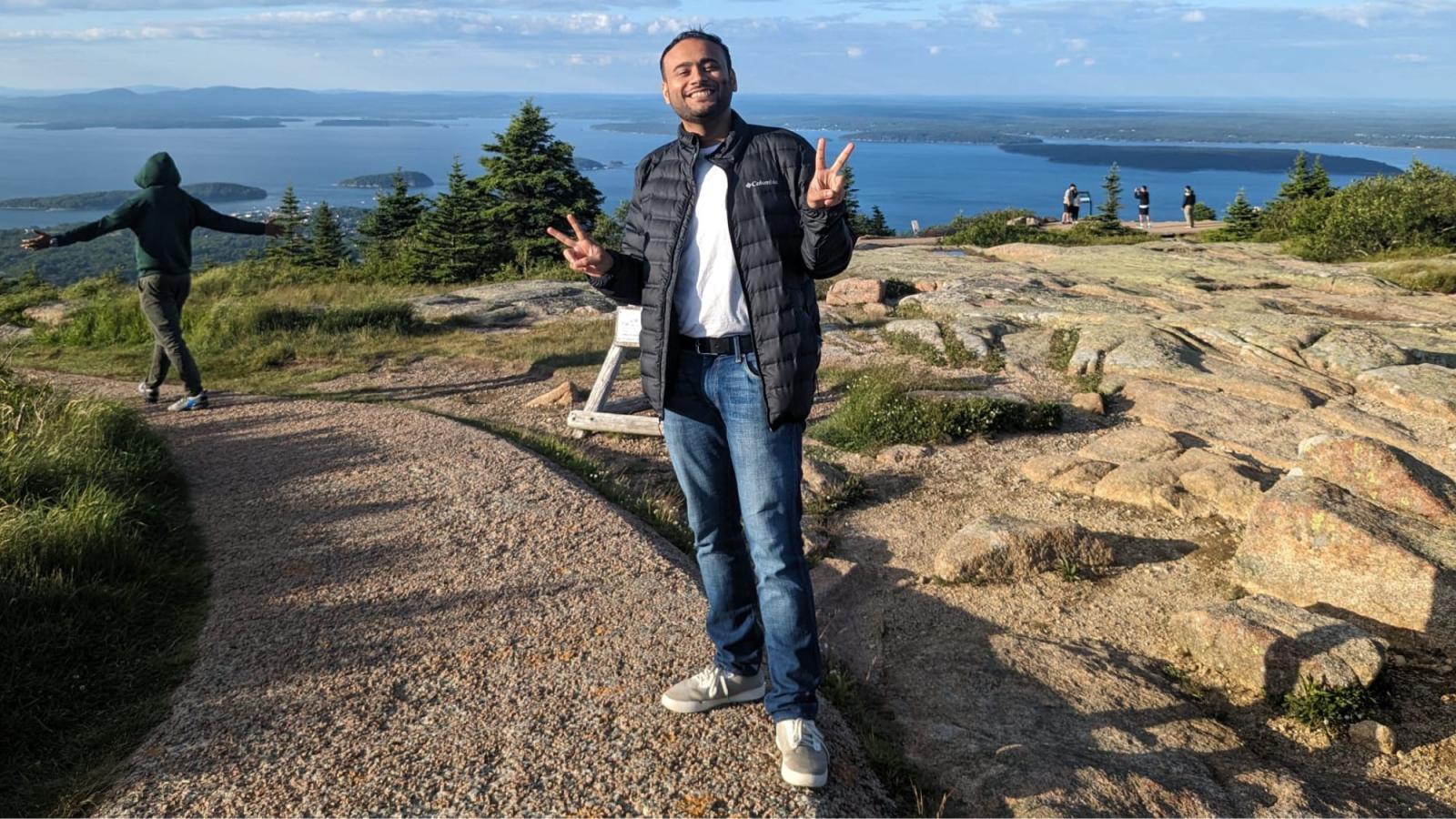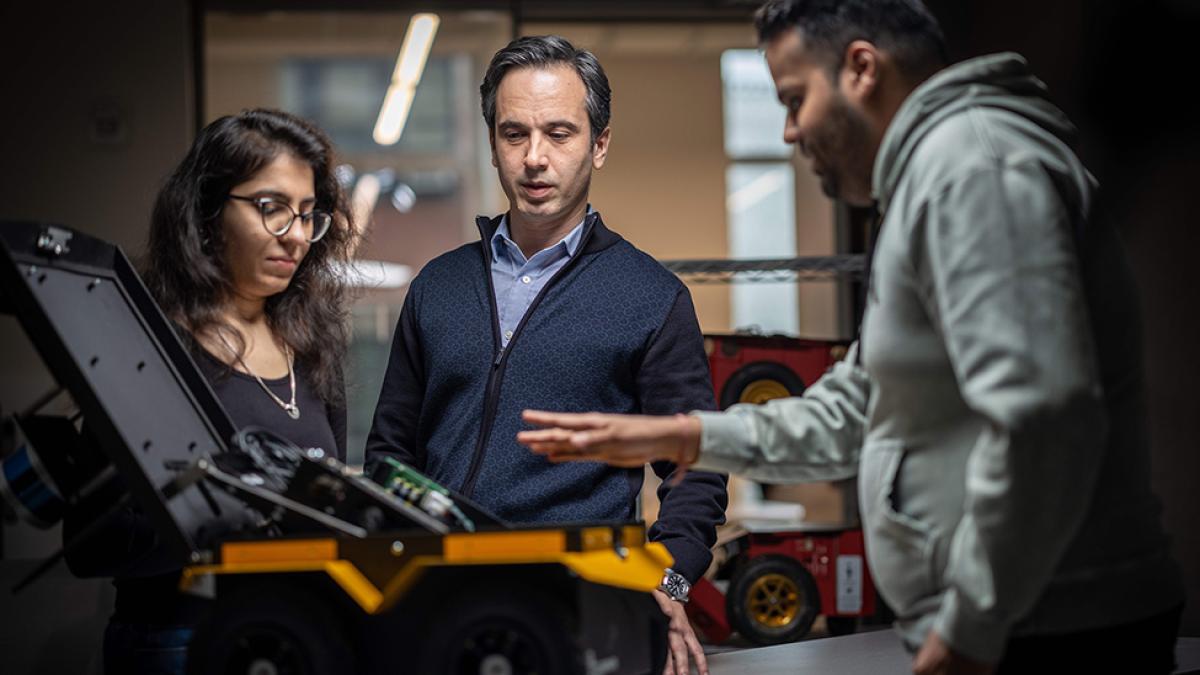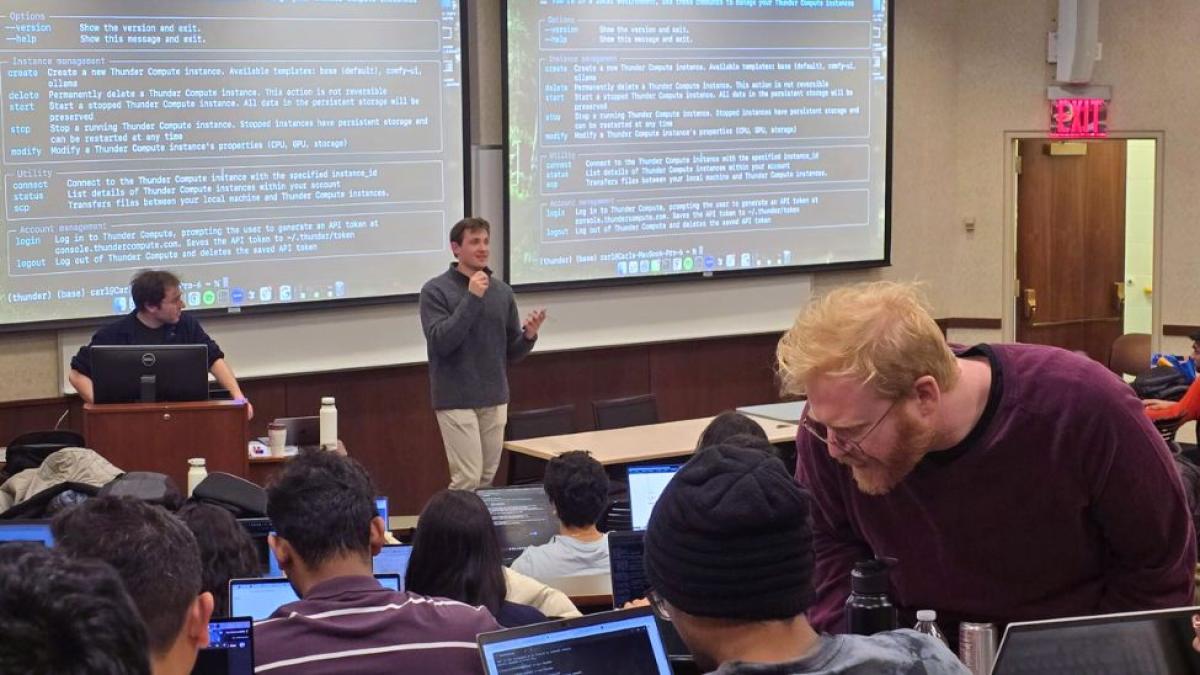
Engineering a New Path: Akshay Nair’s Quest for Professional Growth at Pace

Akshay Nair (MS in Software Development and Engineering ’25) is a Seidenberg graduate student whose dream of living in New York City led him to Pace University and the Seidenberg School of Computer Science and Information Systems. As a software engineer with almost a decade of experience prior to enrolling into his grad program at Pace, Akshay was looking for a new challenge that would further his education and help him advance in his career. After he decided that Seidenberg was his next best step, Akshay has been applying his knowledge and experience to the classroom, as well as outside of it by participating in research projects and even presenting his work at international conferences. One could say he is a true Pace go-getter!
What attracted you to Seidenberg when you were applying for your master’s program and making your final decision?
I was specifically looking for a master's in software engineering, and Seidenberg’s reputation in this field was key in my decision to apply to Pace. The other major reason I applied was a deep wish to live in New York City. By the time I had applied, I had already been a software engineer for 8 years at a large multi-national bank. I was a staff software engineer contributing to their retail banking platform, and this was a project that I had contributed to from its inception. However, toward the end of the project's life, I felt that I had hit a plateau and needed to expand my knowledge to be able to step into the next level.
Now, there is a key distinction between Computer Science and Software Engineering. The former is more concerned with the nitty-gritty of computing and its theoretical foundations, while the latter is focuses on using computing concepts to manage practical software solutions. This ability to formally plan, design, implement, and manage software was a key missing element from my skillset. I saw the writing on the wall about the future of programming when large language models (LLMs) became publicly available: just knowing enough about programming wasn't going to be enough anymore, and unlike some other tech trends I had seen, this felt different. No bootcamp or online course would be enough for this, so I concluded that it was time for me to go back to school. And I suspect it won't be the last time either.
Another large part of my decision to come to Pace is New York City itself. I had already visited the city twice when I applied, and I wanted to experience the city long term. In fact, I had only applied to colleges with software engineering programs or tech MBA's that were accessible by the train network surrounding NYC.
I wanted to be able to attend as many events as possible, and with New York being one of the largest tech hubs in the world, especially in fintech, I saw no other alternative than to come here.
Can you briefly describe a Seidenberg class or project that was particularly impactful for you? What made it stand out?
The class that I enjoyed the most was Enterprise App Development taught by professor Dhruvil Gandhi. It was my first foray into generative AI-based applications, and I got to build a quiz application that leverages Google's Gemini and GCP (Google Cloud Platform). It was also how I learned that you didn't need to develop LLMs to be part of the AI techscape. I learned that knowing how to leverage them into products is also a viable path.
Another project I really enjoyed was focused around researching social media from a software application perspective. For this research, I wanted to understand how to develop social applications in a decentralized pattern, similar to how email systems developed and grew in the early days of the internet. I developed a paper on this topic it during the Winter of 2023 under the guidance of Dr. Sotirios Skevoulis, and then presented it at an international conference in the Summer of 2024. I then applied this research into my capstone project and presented the findings at Seidenberg's Annual Research Day at the end of the Fall 2024 semester. I was aided in the capstone efforts by my classmates, Kadeem Miller, Parimal Borkar, and Ansley Rodriguez.
The reason why this project stood out to me and why I enjoyed it so much was because it was less based on coding and more focused on learning how to build social applications. There are plenty of examples of coding a social media app out there on the web, but there isn't a lot of publicly accessible work on showcasing everything you would need to turn it into a viable product that could then be used by end-users. And this is exactly the kind of value I was hoping to get from my education here.

How have your experiences outside the classroom enhanced your education at Pace?
Considering I wanted to be in the world’s fintech hub, I have been going to as many events as possible! I regularly attend tech meetups for accessibility, web performance, generative AI applications, as well as more company-specific meetups for Wix, Google, and Meta. Pace Career Services have been great in helping me find a lot of these opportunities.
I’ve also been utilizing my knowledge from the classroom and research projects by applying it to additional career opportunities. In the summer, I received an internship at Speakhire under Pace's Community Impact program, which gave me the chance to apply the lessons from my studies into an active project.
That internship turned into a part-time position where I've helped overhaul the company’s tech processes and rapidly helped the team digitize their business processes.
If you could name three things that stand out most about Seidenberg for you, what would they be?
For one, I have really enjoyed my classes so far. They are hands-on and have led me to explore real-world applications of the technology we were learning about. Another thing that stands out about Seidenberg for me is the opportunity to fully delve into a research topic and really understand it. I’ve had great support from faculty and peers, and had a great time presenting my projects. Finally, the facilities at Pace are great. Other than the research labs, Seidenberg is also really close to the library, where I’ve spent a considerable amount of time when preparing for exams or doing my work.

